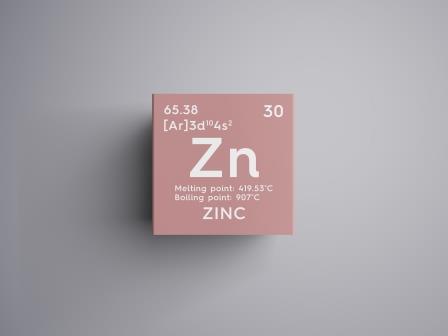
Zinc prices gained considerably in the first half of the year but, nosedived to a three year low by September on feeble demand expectation from China.
Despite positive Chinese manufacturing numbers and improved trade deal optimism, Zinc prices in the international and domestic markets tumbled to multi-month lows.
Prices gained considerably in the first half of the year but nosedived to a three year low by September on feeble demand expectation from China.
China is the world’s largest zinc producer. Additionally, the country is the top consumer, accounting for about half of the global consumption. However, the 16 months old trade dispute with the US has roiled the Chinese manufacturing sector and demand for zinc.
Zinc is largely used for galvanising steel, hence, about 50 percent of global demand is from the construction sector. Transportation, infra, industrial machinery and consumer products are the other areas of demand for the metal.
The recent positive economic numbers from China had little impact on Zinc prices. Chinese PMI data moved back above 50 levels, for the first time in seven months in November. A reading above 50 is a signal of growth and vice versa.
Caixin manufacturing PMI also gained for the fourth consecutive month likewise the factory activity numbers. Recovery in domestic consumption due to measures taken by policymakers to perk up economic growth aided the sentiments.
However, even though economic activity has improved, gains were limited and export demand remained subdued.
Traders took a cautious stance on base metals as they doubted that the upbeat numbers are pointing to economic recovery. As per latest data, net speculative short positions of Zinc in LME increased to its highest level in the past several months.
The pessimistic outlook on the Chinese economy weighed on the short term momentum of industrial commodities. The International Monetary Fund (IMF) recently predicted China will slow gradually to post a growth rate of 5.5 percent by 2024, down from its current rate of 6.1 percent.
As per Reuters poll, China’s gross product growth is expected to slow to a near three-decade low of 6.2 percent in 2019, and it may hit 5.9 percent in 2020.
Declining inventories at exchange warehouses raising concerns over supply shortage in the near future. Stocks at the LME warehouses currently placed at its lowest level since 1990. Inventories at SHFE platform in China too held at multi-year lows.
China has closed down more than 1,300 metal enterprises since 2016 as a part of its long-term plan to curb environmental pollution hit the global stock levels adversely.
However, demand and supply are expected to post growth in the next year. As per international Lead and Zinc study group, world demand for refined zinc is likely to fall by 0.1 percent to 13.67 million tonnes in 2019 and to rise by 0.9 percent to 13.80 million tonnes in 2020.
Meanwhile, zinc mine production is forecast to increase by 2 percent to 13.02 million tonnes in 2019 and by a further 4.7 percent to 13.64 million tonnes in 2020.
Looking ahead, traders are now carefully tracking the trade deal developments to get hints on global economic momentum. A successful deal will boost global economic activity and improve the demand for base metals.
On the price front, MCX futures are likely to hold the recent swing support of Rs 175 and turn higher. However, an unexpected drop below the same would extend liquidation pressure which can take prices towards Rs 158 or more later. Major support for LME zinc is seen at $2150 per tonne.
First published in MoneyControl.







